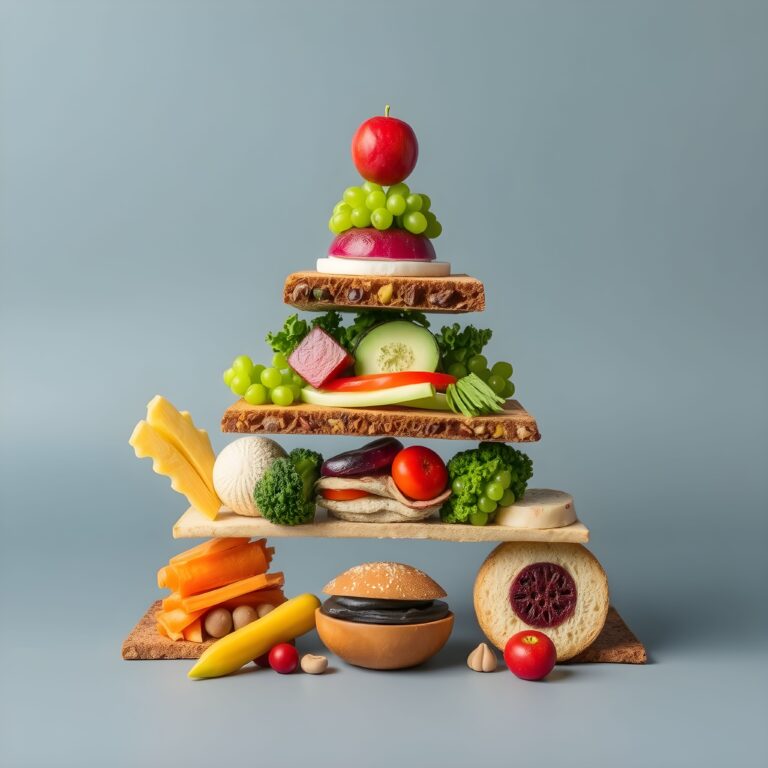Bud Light has been a dominant force in the beer market for decades, known for its refreshing taste and wide consumer appeal. However, recent sales figures have revealed a troubling trend for the brand. With a staggering plunge of 23.9% in sales, Bud Light’s stronghold as the leading beer brand is in jeopardy. This article will examine the factors contributing to this decline and analyze whether Bud Light truly risks losing its No. 1 status.
Understanding the Sales Plunge:
Several factors can be attributed to Bud Light’s sales plunge. First and foremost, the beer industry as a whole has experienced a shift in consumer preferences, with a growing demand for craft beers, spirits, and non-alcoholic alternatives. As consumers seek more diverse and unique options, the once-dominant mass-produced beers like Bud Light are facing intensified competition.
Moreover, changing demographics and evolving consumer habits have played a role in Bud Light’s decline. Younger generations, such as millennials and Gen Z, are known for their preference for local and independent brands, often valuing quality, flavor, and brand ethos over the familiarity of established names. This shift in consumer behavior has put Bud Light, a well-established brand, at a disadvantage when appealing to the younger market.
Challenges from Competitors:
In addition to shifting consumer preferences, Bud Light faces fierce competition from both traditional and emerging players in the beer market. Craft breweries, with their emphasis on unique flavors and artisanal production methods, have gained significant popularity among beer enthusiasts. This trend has led to a fragmentation of the market, with consumers seeking out new and exciting options, often neglecting well-known brands like Bud Light.
Furthermore, the rise of hard seltzers and other flavored alcoholic beverages has presented a new challenge to Bud Light’s dominance. These alternative options offer consumers a lighter and more refreshing drinking experience, catering to those seeking lower calorie and more diverse flavor profiles. Bud Light’s failure to adapt swiftly to this emerging trend has resulted in a significant loss of market share.
Strategies for Bud Light’s Recovery:
To regain its position as the No. 1 beer brand, Bud Light needs to implement a series of strategic initiatives. Firstly, it must invest in product innovation and diversification. By expanding its range to include craft-style beers, unique flavors, and healthier alternatives, Bud Light can tap into the evolving consumer demands and recapture the attention of the market.
Secondly, Bud Light should prioritize its marketing efforts to target the younger demographic. This can be achieved through collaborations with popular influencers, sponsoring events and festivals that appeal to millennials and Gen Z, and leveraging social media platforms to engage with the target audience.
Lastly, Bud Light needs to prioritize sustainability and corporate social responsibility initiatives. Today’s consumers, particularly the younger generations, are increasingly conscious of the environmental impact of their choices. By adopting sustainable practices and supporting causes aligned with their values, Bud Light can build a positive brand image and appeal to socially responsible consumers.
Conclusion:
Bud Light’s recent sales plunge of 23.9% poses a serious challenge to the brand’s No. 1 status in the beer market. However, by understanding the factors behind this decline and taking proactive measures, Bud Light can regain its footing. With a focus on product innovation, targeting the younger demographic, and embracing sustainability, Bud Light can adapt to the evolving consumer landscape and secure its position as a leading beer brand once again. Only time will tell if Bud Light can rise to the occasion and reclaim its throne.












